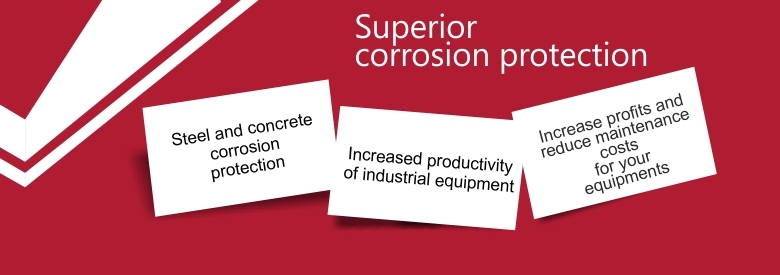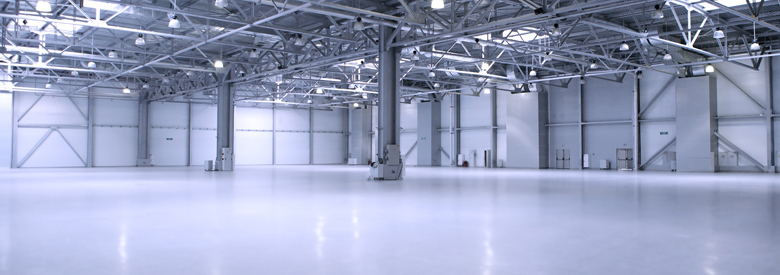How to protect concrete storage tanks of water treatment plants
A few things about concrete
Concrete is a building material used along the centuries for the implementation of various structures. It proved to be durable and highly resistant to compression. In 1868, Joseph Monier has patented the use of reinforced concrete for the construction of pipes and concrete tanks. Since then, engineers have begun to seize the properties offered by reinforced concrete to build water tanks and waste water worldwide.
Weaknesses of reinforced concrete
By placing steel in concrete, it has seen a decrease in the durability of the material. In the steel structure corrosion occurs, and this can lead to cracking. The effect of threatening the integrity of the building and bacteria will seep through cracks accelerating the degradation process.
Other issues that may affect concrete structures are related to the appearance of abrasion, chemical stress and thermal shock (freeze-thaw). For more details on the factors that lead to degradation of concrete, click here.
Waste water tank
For waste water tanks is recommended an application of a protection system with chemical resistance. Must pay particular attention to the concentration of chemicals found in the reservoir, the selection of the protection products being made following this indicator.
For the previous situation, a solution can be represented by applying epoxy products. They have a very good chemical resistance, but the application must be made in optimal conditions. One of the most common issues are resulted by applying the products on wet concrete surface.
Pay attention to moisture
Most moisture problems are found in the following two situations:
1) Water vapor transmission: water in gaseous form tries to exit the concrete. In optimal temperature and humidity vopors can be removed from the concrete structure and drown in the atmosphere. Thus, if the concrete is not checked beforehand protection products does not prove effective. You cand identify blisters and pores that lower the level of protection.
2) Excessive moisture content: Do not apply epoxy products and concrete surfaces that presents more than 4% humidity. A higher concentration will privent the epoxy from bonding well to the concrete.
To obtain the best results, we recommend an analysis of the concrete condition and substances found in the tanks. Also, any application of corrosion prevention systems and anti-abrasion protection systems should be done by a specialized team. Otherwise, you can not benefit the product properties.
We are available for any questions, starting from surface inspection systems to the application protection process. Choose your structures and equipment safety now! Our contact details are here.













